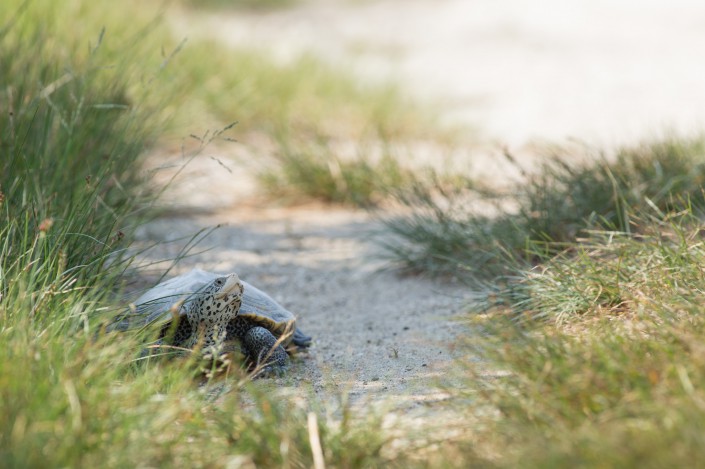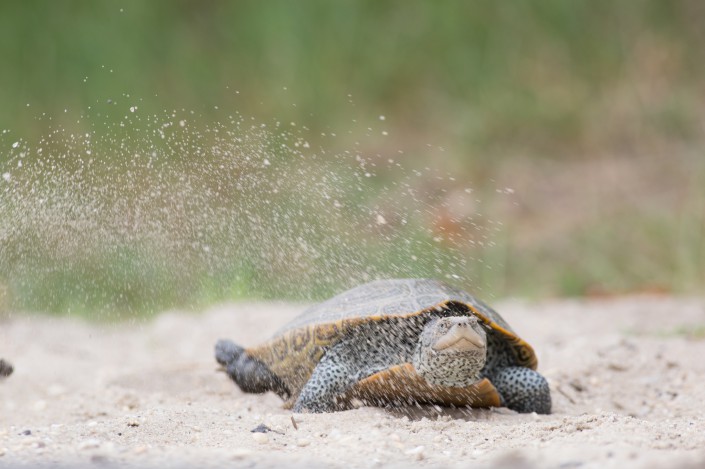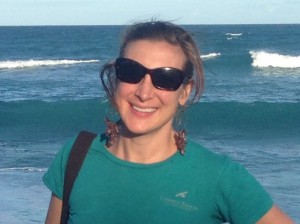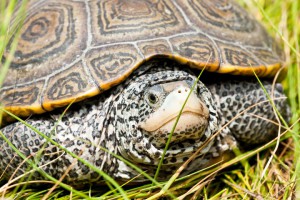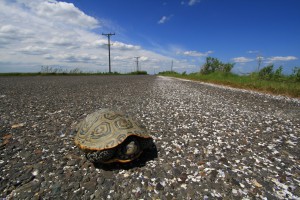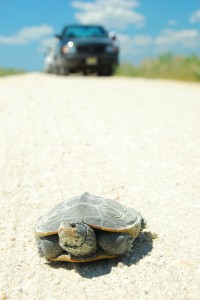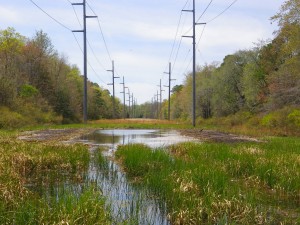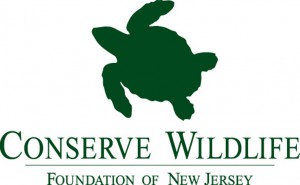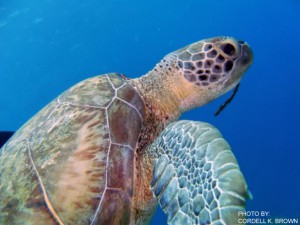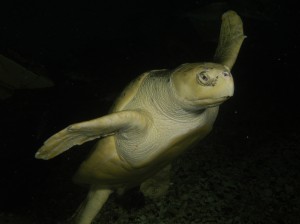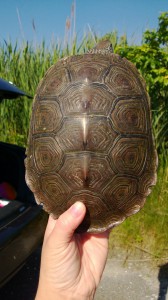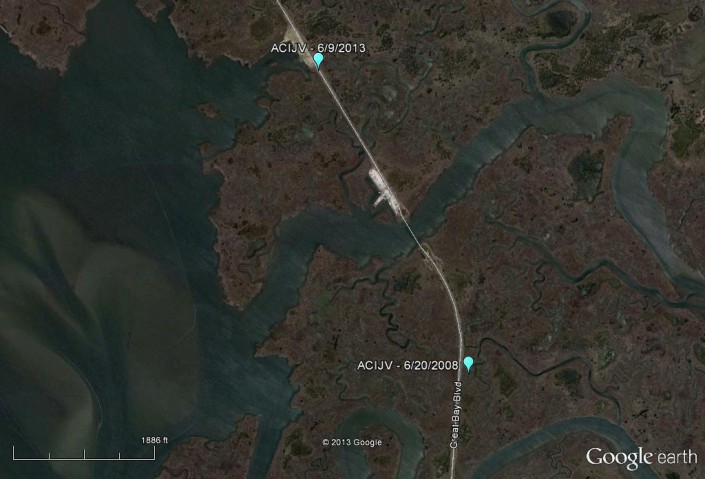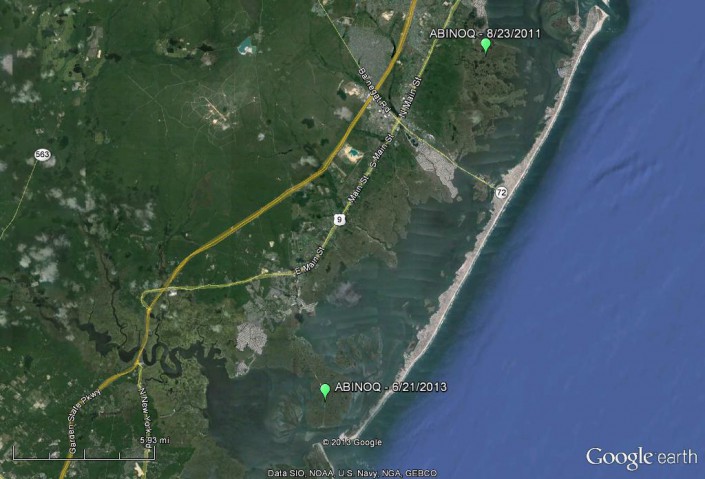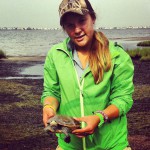Terrapin Week: Making a Difference
This story marks the fourth of five blog stories spotlighting New Jersey’s Diamondback Terrapin – and educating people on the research and efforts being done to protect these fascinating reptiles!
Part 1, Monday, was an introduction into the world of the Diamondback Terrapin. Part 2, Tuesday, featured CWF’s research efforts to protect the terrapins. Part 3, Wednesday, looked at great places to view these beautiful turtles . Part 4, today’s blog post, will highlight some important ways you can help protect the Diamondback Terrapins. Part 5, Friday, will showcase some other important regional research being done by our partners.
Steps You Can Take to Protect the Diamondback Terrapins!
by Ben Wurst, CWF Habitat Program Manager
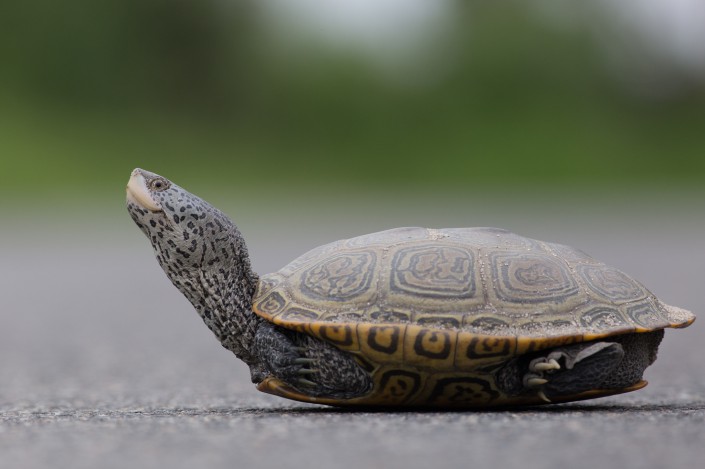
We all can make a difference to help conserve northern diamondback terrapins. This beautiful species is a symbol of our coast – and now more than ever, we need to be sensitive to our incredible coastal estuary ecosystems!
Here are some ways that you can help make a difference to protect this amazing species:
- Slow down, don’t tailgate, and be aware while driving in coastal areas from May through July.
- If you see a terrapin on the road, pull over, put on your hazard lights and carefully help the turtle cross in the direction it is going. Please be careful and use your best judgement and do not get in front of a motor vehicle to stop them on area roads. Do not jeopardize your own safety for a turtle.
- If you go crabbing and use commercial-Maryland style crab pots, use BRDs or “bycatch reduction devices” to prevent terrapins from getting trapped in them. Use line that sinks to prevent a crab pot from becoming lost. Abandoned crab pots can trap and kill a ton of marine life over time, including blue claw crabs, many species of fish, and terrapins.
- Talk to others to educate them about terrapins and their role in the ecosystem. You can learn all about them in our Online Field Guide!
- Volunteer with CWF to patrol roadways and take part in other volunteer actions in Southern Ocean County, Atlantic County, and Cape May County! We really need your help – so please contact us if you, your business, or your civic group is willing to help save the incredible diamondback terrapin!
- Donate to CWF’s diamondback terrapin program. Any amount would help greatly! Click here and note Terrapin in the PayPal note, or you can mail a contribution to Conserve Wildlife Foundation, 501 East State Street, P.O. Box 420, Mailcode 501-03E, Trenton, NJ 08625-0420. Be sure to note Terrapin in the check’s subject line.
Email us at info@conservewildlifenj.org with Volunteer in the Subject line if you’re interested.
